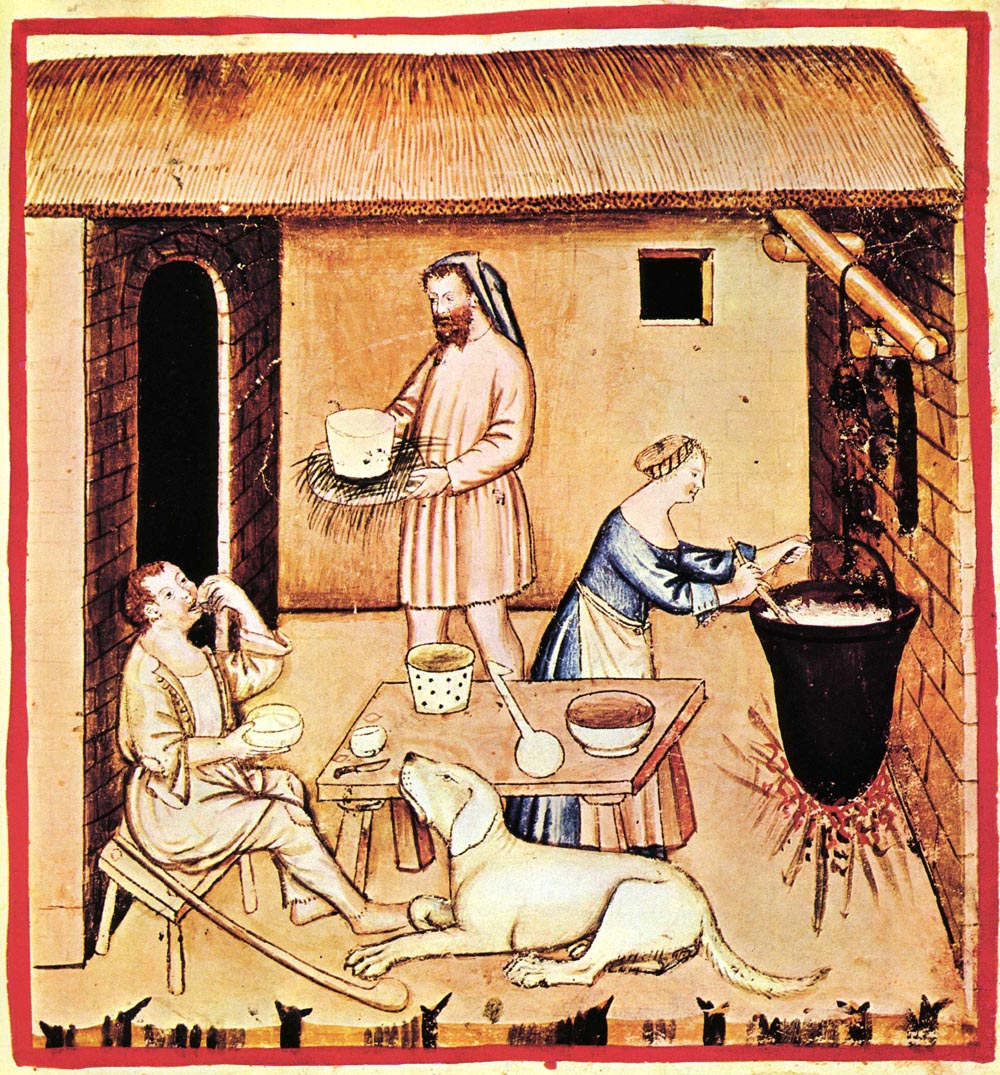Podcast: Play in new window
BOB HIRSHON (host):

Europe’s cheesy past. I’m Bob Hirshon and this is Science Update.
Humans have been unable to digest lactose, the sugar in milk, for most of human history. But that hasn’t stopped some cultures from getting valuable nutrition from dairy products. Researchers analyzing the DNA of ancient European farmers have found that widespread lactose intolerance persisted in the population for 4,000 years after Neolithic people started milking goats, cows, and sheep.
RON PINHASI (University College Dublin):
We have evidence they started they started processing milk by 5,500 BC in Central Europe.
HIRSHON:
That’s University College Dublin archaeologist Ron Pinhasi. He says these early dairy farmers probably weren’t drinking liquid milk. Instead, they were cheesemakers. Cheese contains much less lactose than milk itself. Eventually, genetic variants for lactose tolerance did spread through many parts of Europe, which is why some people can now pour milk directly on their cereal in the morning. I’m Bob Hirshon, for AAAS, the science society.
